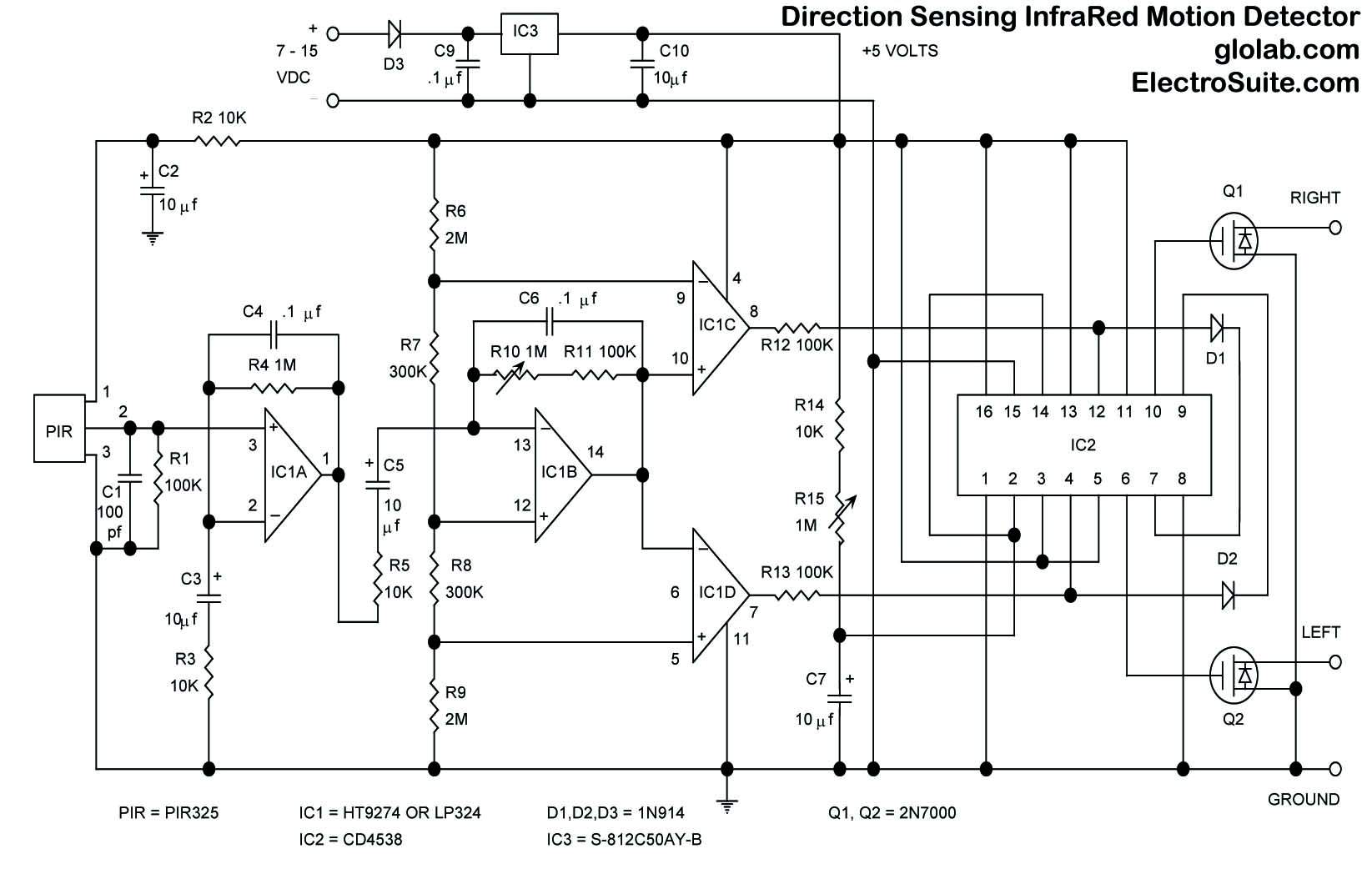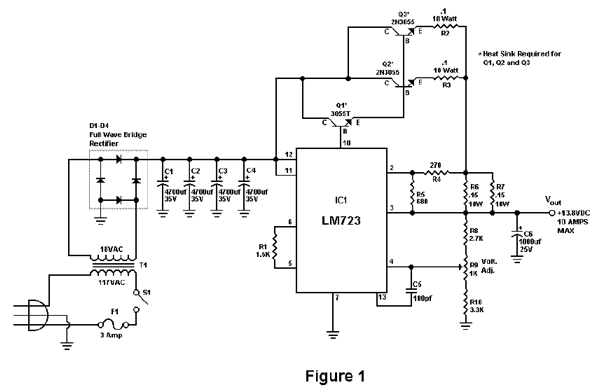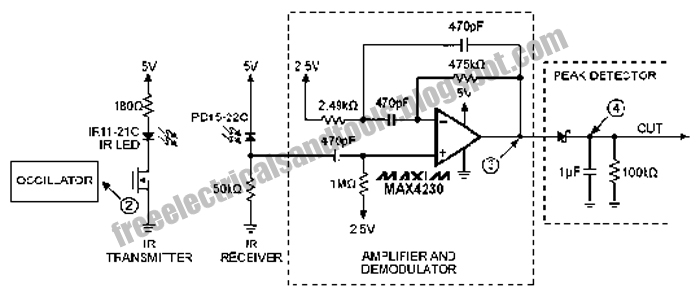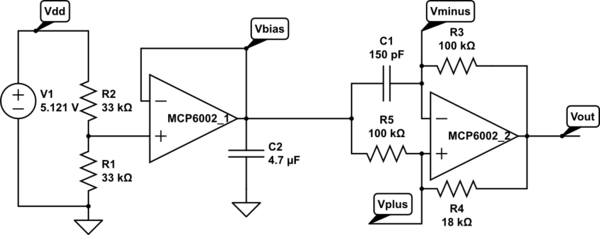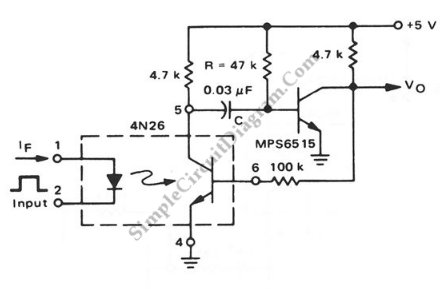
A multi-channel pulse distributor circuit

The CD4017B input signal is applied to the CP triggering pin. A pulse signal is sent through the IC, resulting in a straight-through output signal. The coupling device is used to control the input signal. When the power is turned on, the capacitor is activated.
The CD4017B is a decade counter IC commonly used in digital circuits for counting applications. It features a series of outputs that activate sequentially with each pulse applied to the clock input (CP). The functioning of the CD4017B begins with the application of an input signal to the CP pin, which triggers the counting action.
In this configuration, a photoelectric coupling device is employed to isolate the input signal from the rest of the circuit. This isolation is crucial in applications where the input signal may have noise or varying voltage levels that could interfere with the operation of the CD4017B. The photoelectric coupler ensures that only the desired signal is transmitted to the IC, thus enhancing reliability and preventing damage to sensitive components.
When the power supply is activated, a capacitor is also introduced into the circuit, which can serve multiple purposes. It may be used for debouncing the input signal to eliminate false triggering caused by noise or to provide a delay in the signal, allowing for a more stable operation of the counter. The capacitor charges and discharges in response to the input signal, influencing the timing characteristics of the circuit.
Overall, the integration of the CD4017B with a photoelectric coupling device and a capacitor provides a robust solution for counting applications while ensuring signal integrity and stability. This configuration is suitable for various electronic projects, including timers, event counters, and digital displays. CD4017B input signal is applied where CP triggering end, I lost A ~ 3HCD4017B pulse signal is liter inline J. IC Icl a straight-through output signal hill, iq is through Nortel coupling device ~. After the input signal control. After mentioning IC input signal A photoelectric coupling device M after control. When the power is turned on, the capacitor
The CD4017B is a decade counter IC commonly used in digital circuits for counting applications. It features a series of outputs that activate sequentially with each pulse applied to the clock input (CP). The functioning of the CD4017B begins with the application of an input signal to the CP pin, which triggers the counting action.
In this configuration, a photoelectric coupling device is employed to isolate the input signal from the rest of the circuit. This isolation is crucial in applications where the input signal may have noise or varying voltage levels that could interfere with the operation of the CD4017B. The photoelectric coupler ensures that only the desired signal is transmitted to the IC, thus enhancing reliability and preventing damage to sensitive components.
When the power supply is activated, a capacitor is also introduced into the circuit, which can serve multiple purposes. It may be used for debouncing the input signal to eliminate false triggering caused by noise or to provide a delay in the signal, allowing for a more stable operation of the counter. The capacitor charges and discharges in response to the input signal, influencing the timing characteristics of the circuit.
Overall, the integration of the CD4017B with a photoelectric coupling device and a capacitor provides a robust solution for counting applications while ensuring signal integrity and stability. This configuration is suitable for various electronic projects, including timers, event counters, and digital displays. CD4017B input signal is applied where CP triggering end, I lost A ~ 3HCD4017B pulse signal is liter inline J. IC Icl a straight-through output signal hill, iq is through Nortel coupling device ~. After the input signal control. After mentioning IC input signal A photoelectric coupling device M after control. When the power is turned on, the capacitor
Warning: include(partials/cookie-banner.php): Failed to open stream: Permission denied in /var/www/html/nextgr/view-circuit.php on line 713
Warning: include(): Failed opening 'partials/cookie-banner.php' for inclusion (include_path='.:/usr/share/php') in /var/www/html/nextgr/view-circuit.php on line 713

